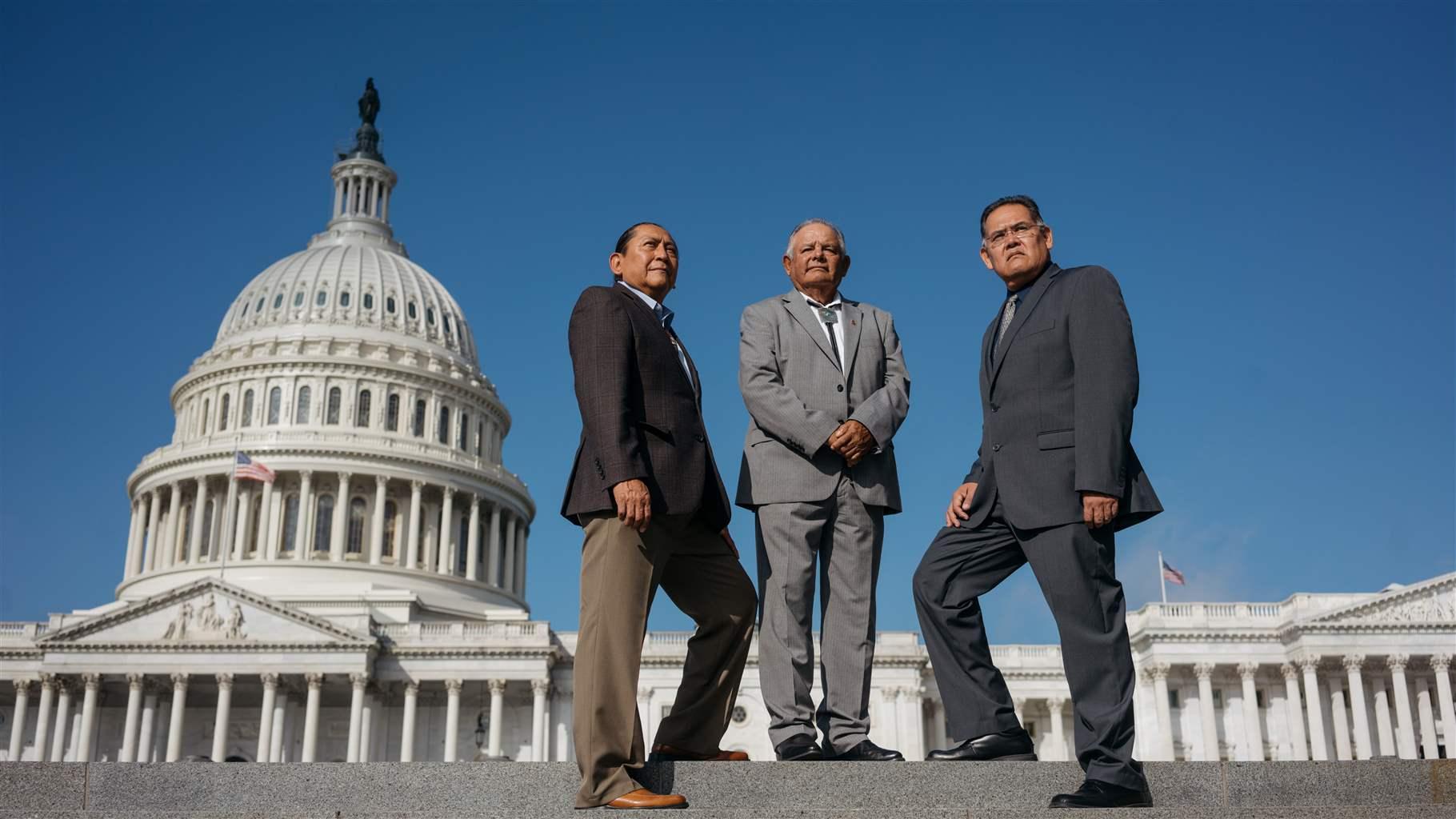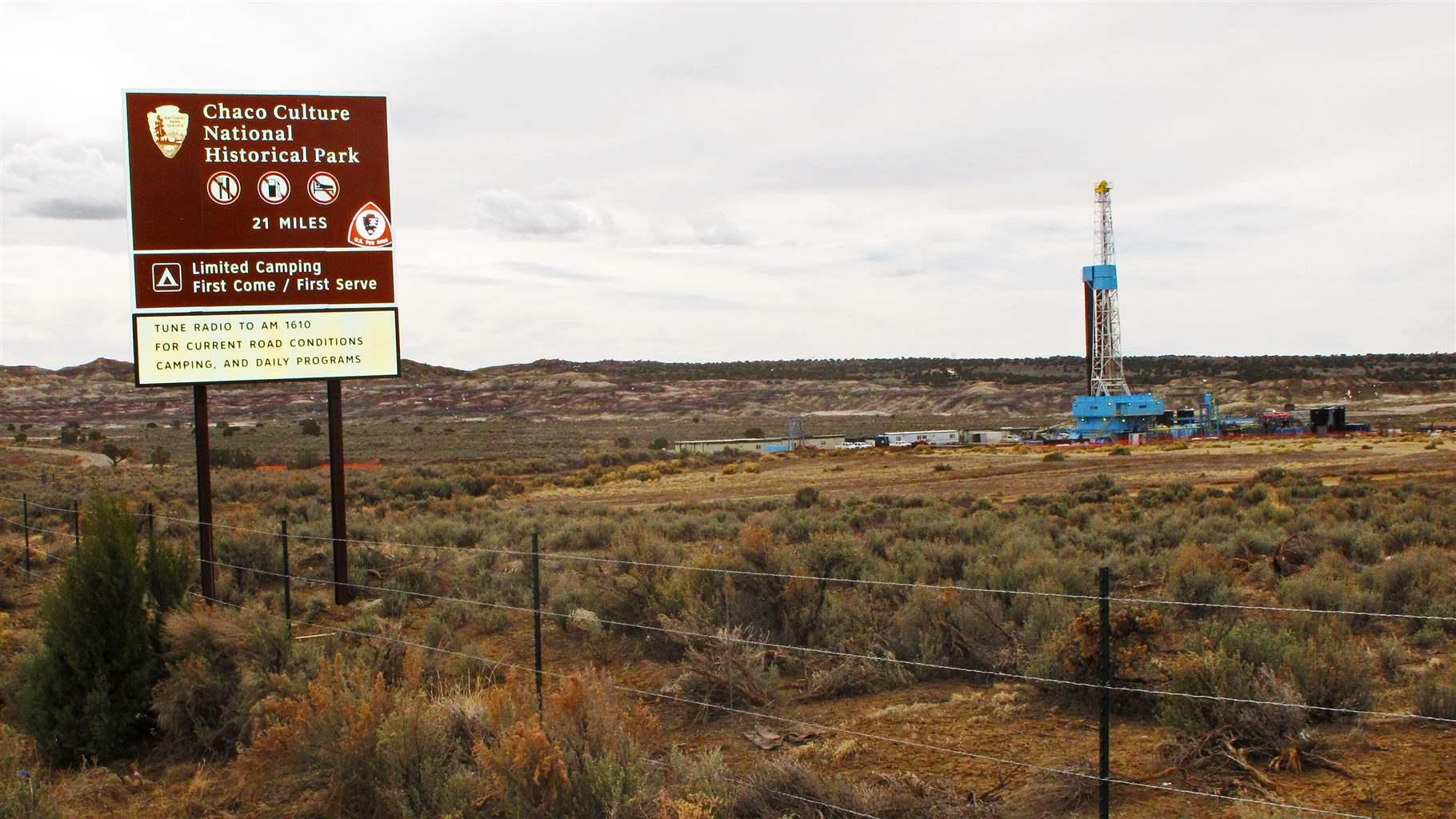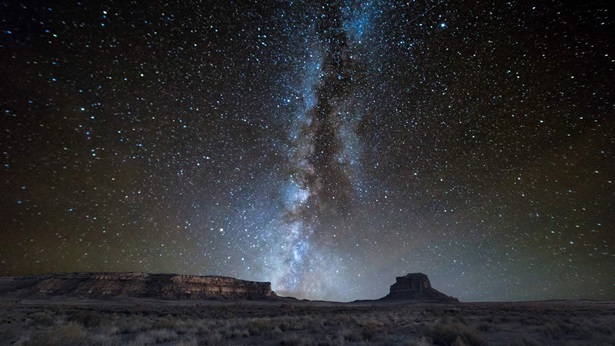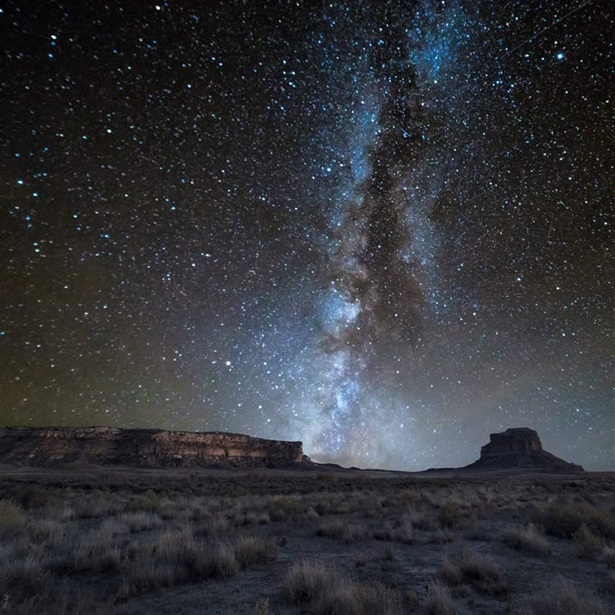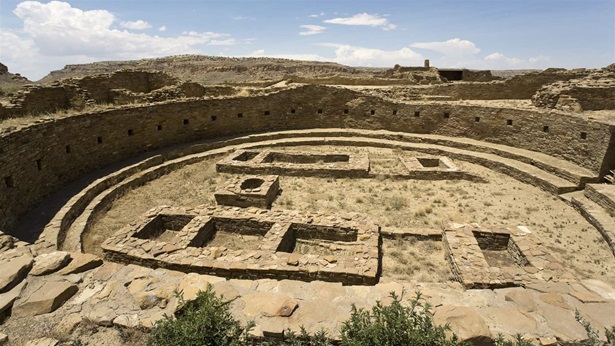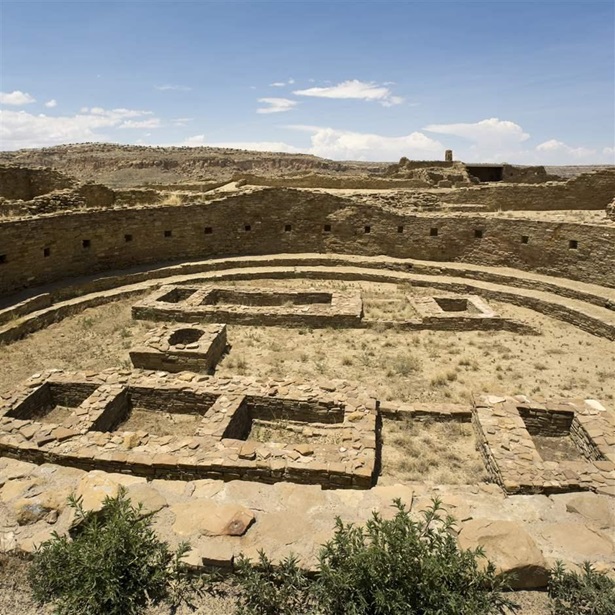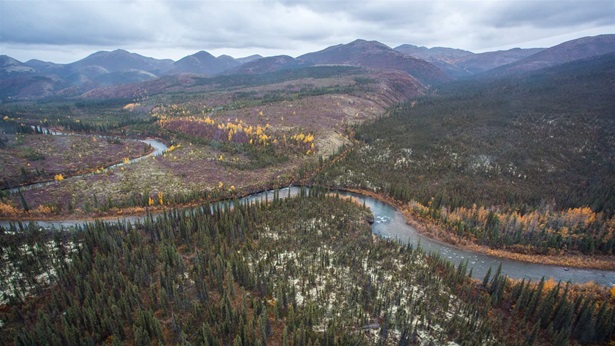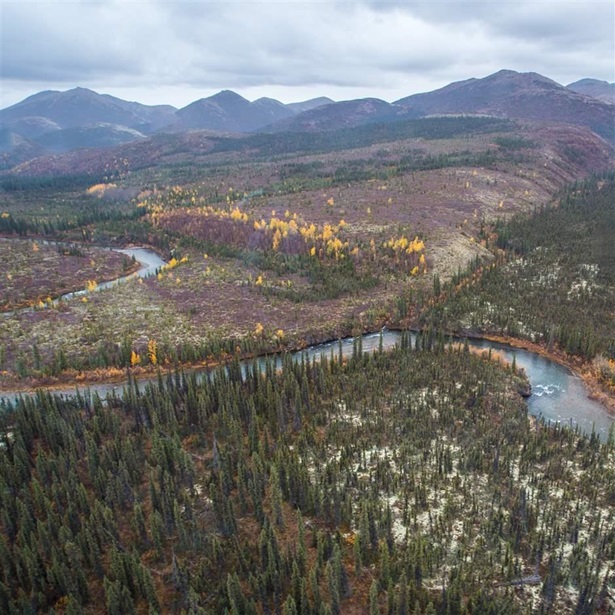Proposed Oil and Gas Drilling Ban Would Help Protect Remarkable New Mexico Landscape
Great houses, along with current residents, face threats from industrial activity
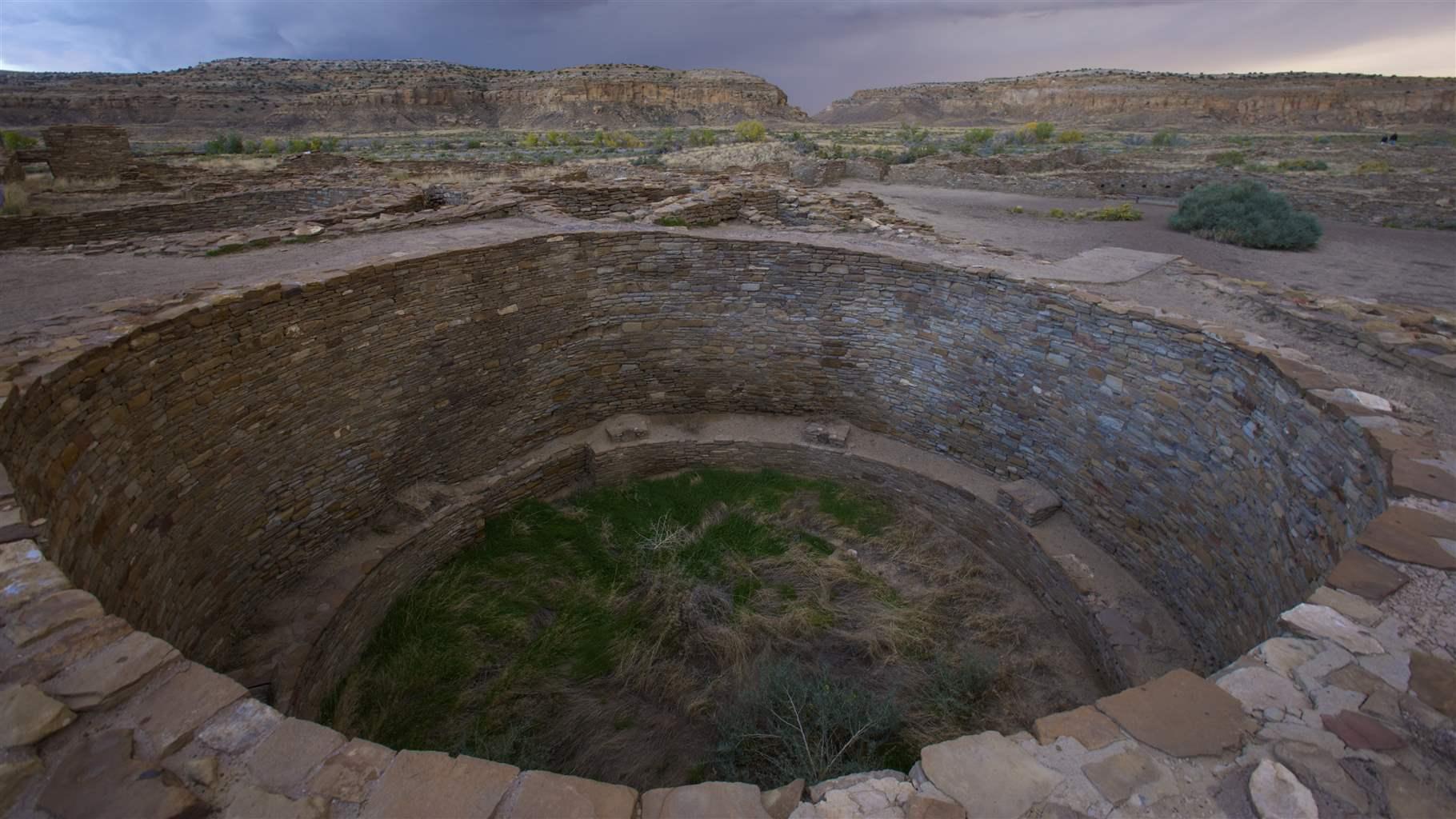
Located in the high desert of northwestern New Mexico, the Greater Chaco Landscape offers a window into the unique culture of the Indigenous people who lived there hundreds of years ago.
The area was the center of the Chacoan culture for more than 400 years, starting around A.D. 850, and today it is a living cultural landscape, sacred to Pueblo and other Native American tribes. Part of the landscape is the Chaco Culture National Historical Park and a UNESCO World Heritage Site, one of only two dozen in the United States.
But although the historic park is protected, the lands outside its borders face threats, primarily from oil and gas development. Archaeological studies have revealed significant Chacoan structures and sites outside the park boundaries, and an ongoing ethnographic study seeks to better understand the significance of the landscape to Pueblo and Navajo people.
That’s why on Nov. 15, President Joe Biden proposed a 20-year ban on new oil and gas drilling on federal lands within a 10-mile radius of the national historic park. The proposed ban, or what the federal government calls a mineral withdrawal, builds on years of efforts by Pueblos and other tribes, local communities, and conservation advocates—including The Pew Charitable Trusts—to permanently protect the Greater Chaco Landscape for both its history and its importance to Indigenous people today. During the Trump administration, Interior secretaries Ryan Zinke and David Bernhardt each proposed a one-year moratorium on oil and gas drilling. The 20-year proposal represents a significant step forward in the effort to conserve the Chacoan sites and culture.
The All Pueblo Council of Governors (APCG), representing the 20 Pueblo nations of New Mexico and Texas, praised the announcement, highlighting that the area covered by the proposed ban includes over a dozen Chacoan great houses—large multi-story structures—, ancient roads, and thousands of other cultural resources. Brian D. Vallo, governor of Acoma Pueblo, which is about 100 miles from the national historic park, cited the “unwavering” connection that his Pueblo descendants and other descendants of the Chacoan people have to this sacred place.
Although the proposed administrative withdrawal is limited to 20 years, it would provide interim safeguards as efforts continue to seek permanent protections. The rule-making is subject to a 90-day public comment period, after which the Biden administration will decide whether to enact the proposal.
Last Congress, U.S. Senator Martin Heinrich and Representative Ben Ray Luján, both New Mexico Democrats, introduced legislation, with the support of APCG, to secure those permanent safeguards. Luján is now a U.S. senator, and the New Mexico delegation is expected to reintroduce the bill in the current Congress.
The bill would make the 10-mile zone around the Chaco Culture National Historic Park permanently off limits to oil and gas development. In addition, an ongoing resource management planning process for the area, co-led by the Bureau of Land Management and the Bureau of Indian Affairs, will determine how the federal lands surrounding Chaco Canyon are used, taking into consideration values such as wilderness characteristics and wildlife habitat.
Ninety percent of the Greater Chaco Landscape is already leased for oil and gas development, and experts have found that emissions from drilling are causing health issues for residents. Navajo communities living adjacent to the development have begun their own air quality monitoring, and some people living in these communities have called for an end to all oil and gas development.
The land surrounding the park also includes tribal land allotments owned by Navajo members who have developed or want to develop their mineral rights. The proposed withdrawal would apply only to federal lands and would not affect existing valid leases or rights.
The Bureau of Land Management is accepting public comment on its proposal until April 6. Your voice is important! To review the announcement and submit a comment, visit: https://act.pewtrusts.org/GVF2tso.
Pew supports APCG and a mineral withdrawal for this area. Pew also recognizes the rights of allotment holders to develop their leases. It is vital that Pueblo nations and other tribes, and policymakers continue their ongoing dialogue to build on the proposed mineral withdrawal and enable good stewardship for the region moving forward.
Ken Rait is a project director and Laurel Williams is an officer with The Pew Charitable Trusts’ U.S. public lands and rivers conservation project.
